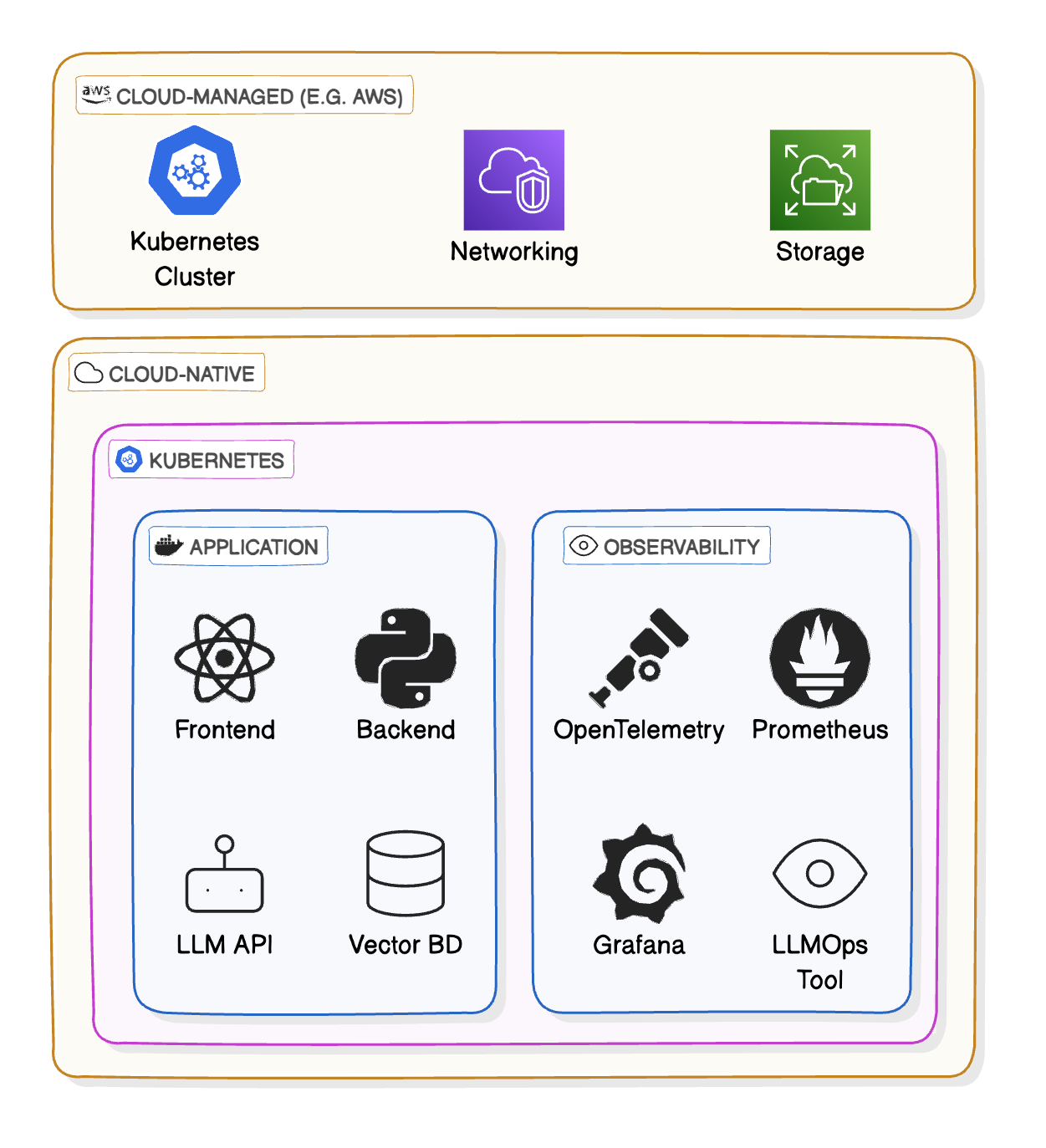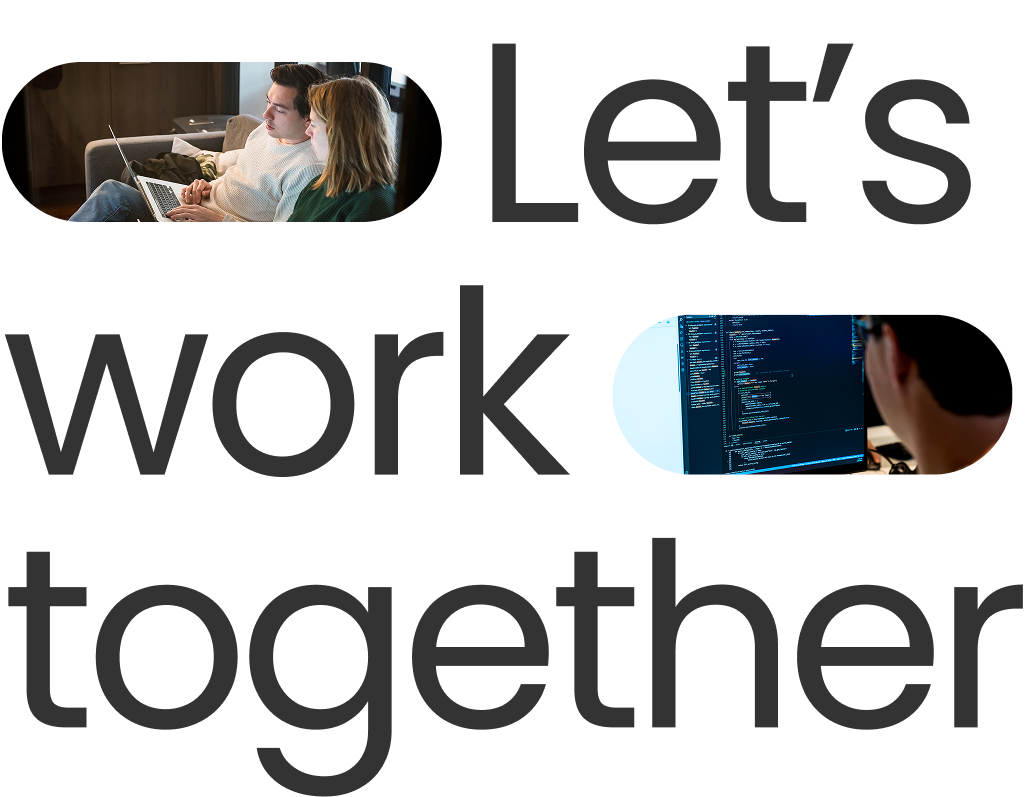While both types of providers offer valuable services, relying too heavily on either can lead to significant limitations and risks for businesses, particularly in the context of vendor dependence:
Enterprise agreements with LLM providers, like OpenAI or Anthropic, can become exceptionally costly as usage scales. These agreements often allow employees to use LLM services privately, but the per-user costs can add up quickly for large organizations. Similarly, long-term commitments to specific cloud infrastructure providers may not always align with evolving business needs.
Exclusive reliance on a single LLM provider restricts an organization's ability to leverage diverse models or adapt to emerging technologies. This limitation applies not only to API usage, but also to the models available for private use by employees. Likewise, deep integration with a specific cloud provider's proprietary services can hinder portability.
- Technological Constraints
As the field of GenAI advances rapidly, being tied to a single provider's technology stack may prevent organizations from adopting more efficient or capable solutions as they emerge. This is particularly relevant for LLM providers, whereby new models and capabilities are constantly being developed.
Utilizing third-party APIs or cloud-hosted solutions for LLMs may raise concerns about data privacy and control, particularly for sensitive or proprietary information. This is especially critical when employees are using these services for internal communications and projects.







